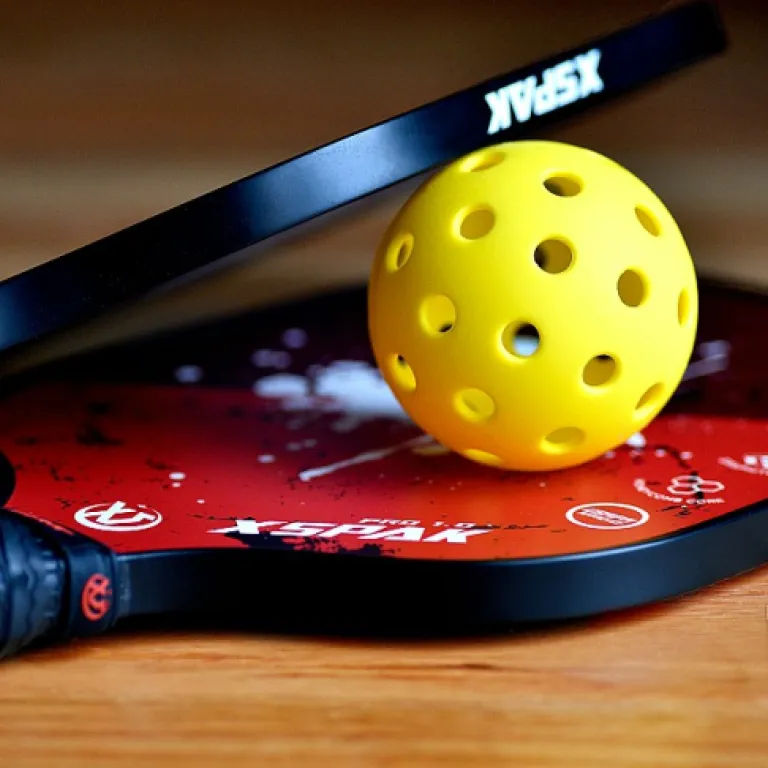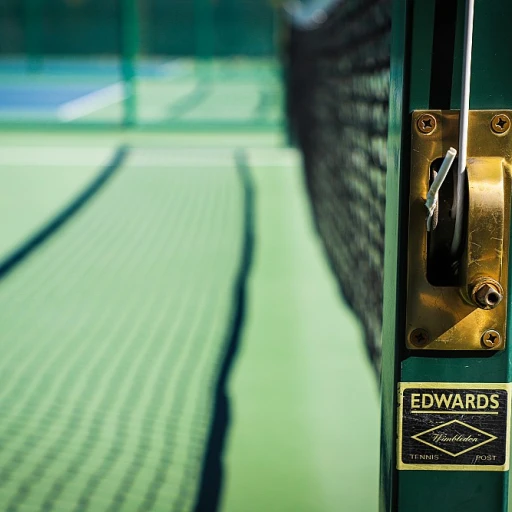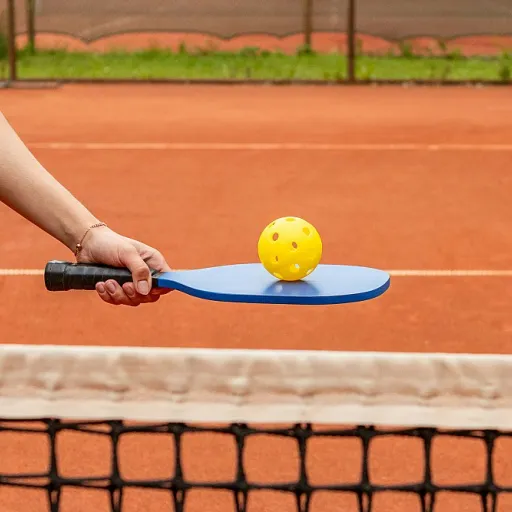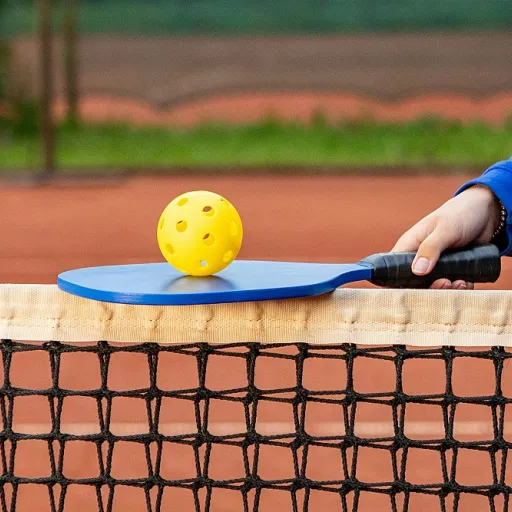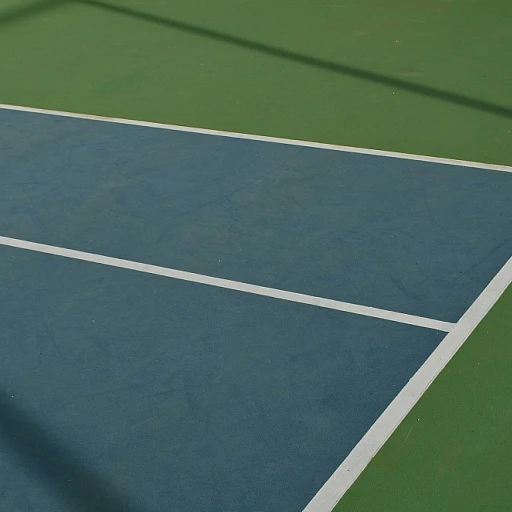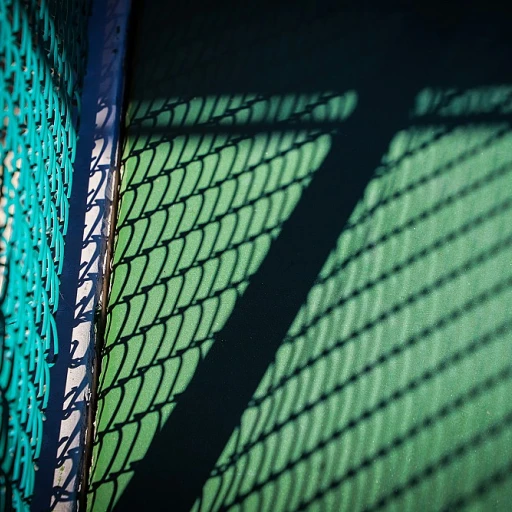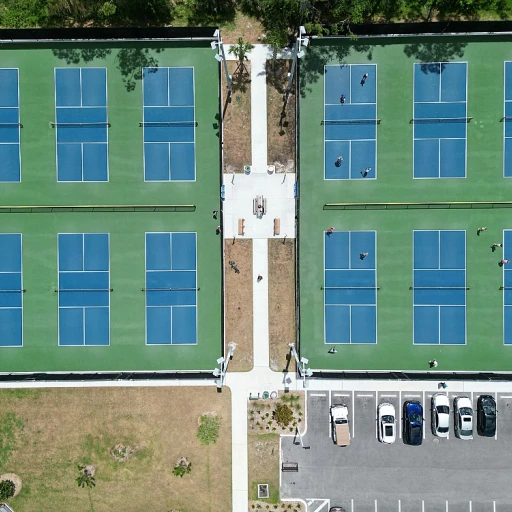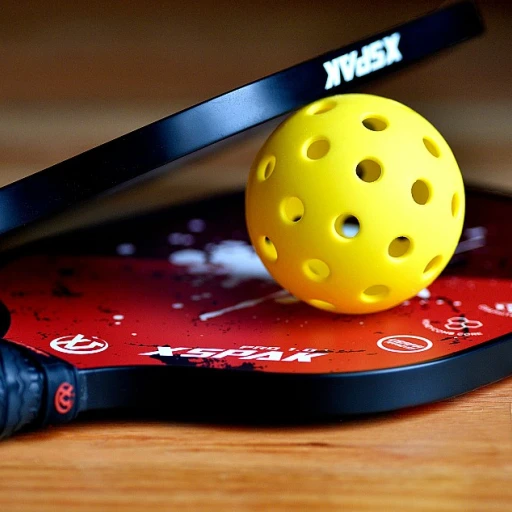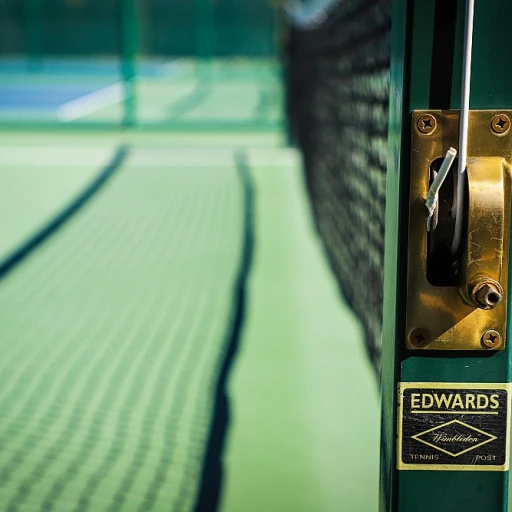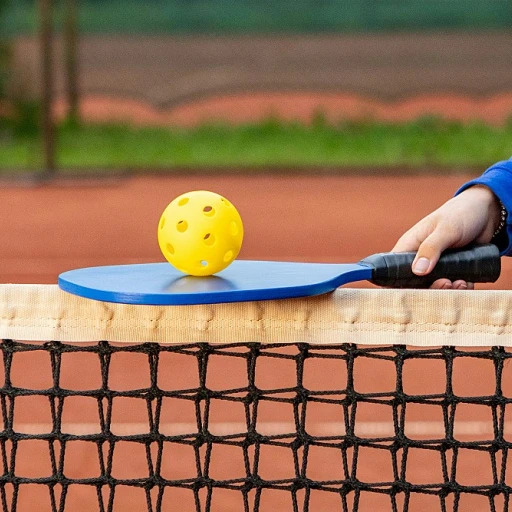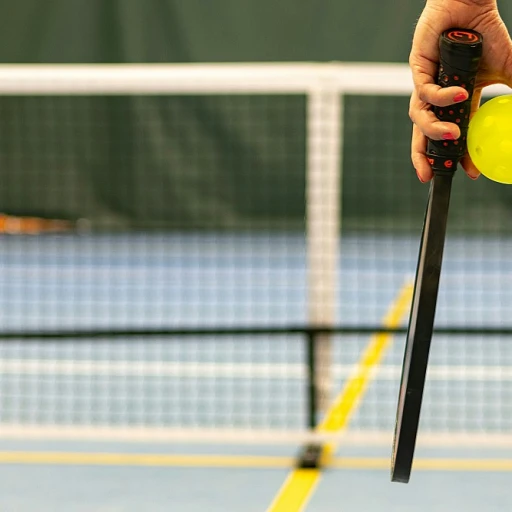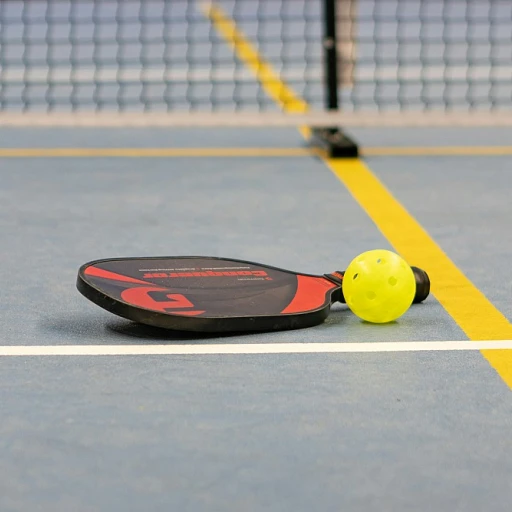
Understanding the Needs of Intermediate Players
{"What Intermediate Players Should Focus On
Intermediate pickleball players have distinct needs when choosing their ideal paddle. As you level up your game, balancing power and control becomes crucial. This balance allows for improved gameplay, helping you to dominate on the court and maintain competitive performance. Stepping away from beginner paddles, intermediate players should be more particular about the core material and sweet spot of the paddle. Understanding the paddle's core thickness is essential because it directly affects control and power during play. Those seeking more control might prefer a thicker core, while players leaning toward power could benefit from a thinner one. Control also ties into the paddle's shape and weight. An elongated shape can provide a greater reach, benefiting players who like to attack from the backline. However, paddle weight must be chosen carefully; a heavier paddle may provide power, yet it can tire your arm more quickly, while a lighter paddle offers better control and maneuverability. Another aspect to consider is the price range you're willing to invest in a new paddle. While pro models often deliver the best performance, they come at a higher price. Those looking to make cost-effective decisions can explore options like sale models or consider reputable brands that offer affordable quality. Learn more about finding the best affordable pickleball paddle.Key Features of an Intermediate Pickleball Paddle
Essential Characteristics of an Intermediate Paddle
When selecting a pickleball paddle suited for intermediate players, several key features need to be considered. Understanding these characteristics will help you make an informed purchasing decision, aligning the paddle's attributes with your evolving skills and playing style.
Firstly, the core material of a paddle plays a significant role in its performance. Common core materials like polymer, nomex, or aluminum offer different levels of power and control. For instance, polymer cores are often praised for providing the best balance between power and control, making them a popular choice among intermediate players. Additionally, the shape of the paddle, whether standard or elongated, can impact the sweet spot and reach, factors crucial for players looking to refine their game.
The thickness of the paddle's core also deserves attention. Paddles with a thicker core often offer better control and a softer touch, impacting your ability to place shots accurately. On the other hand, thinner core paddles typically deliver more power, which could be beneficial for intermediate players working on more aggressive shots.
Moreover, the paddle's surface material contributes to its performance attributes. Surfaces made from carbon fiber, such as the SLK Halo, provide exceptional touch and spin capabilities, enhancing the player's capacity to refine technique and consistency.
Evaluating these key features, alongside top pickleball paddles reviews, will ensure you select a paddle that complements your growing skills, ultimately aiding your transition from intermediate to advanced play.
Comparing Paddle Materials and Their Impact on Performance
Material Matters: Understanding Paddle Composition
When it comes to pickleball paddles, the materials used in their construction significantly affect your gameplay. For intermediate players seeking to improve their performance, understanding these materials is essential. Many paddles are made from materials like carbon fiber, fiberglass, or graphite. Each of these materials contributes differently to the paddle's attributes:- Carbon Fiber: Known for its strength and light weight, carbon fiber paddles offer excellent control. If you're prioritizing pinpoint accuracy over power, a carbon fiber paddle might be your go-to option.
- Fiberglass: This material provides more power and is often a little less expensive than carbon fiber. Paddles made from fiberglass are great for those who want to enhance their shot strength.
- Graphite: For players seeking a balance between control and power, graphite paddles can be a great fit. They offer a responsive feel that's appreciated by many intermediate players.
Weight Considerations for Intermediate Players
Finding the Perfect Balance: Weight Considerations
When choosing a pickleball paddle, the weight is a crucial factor that significantly influences the intermediate player's game. An intermediate pickleball paddle typically ranges from 7.5 to 8.5 ounces. These paddles strike a balance between the speed of lighter paddles and the power of heavier ones, providing players with an optimal mix of control and power.- Lightweight Paddles: Weighing less than 7.5 ounces, these paddles provide greater maneuverability and faster hand motions, which can be beneficial in quick exchanges. However, they might not deliver as much power behind your shots, requiring players to exert more force.
- Medium-Weight Paddles: Sitting comfortably in the 7.5 to 8.5-ounce range, they offer intermediate players the best control while maintaining a decent power level. These paddles are ideal for players looking to improve their game without sacrificing too much in either control or power.
- Heavy Paddles: Typically over 8.5 ounces, heavy paddles tend to deliver more power with each shot but may slow down one's reaction time. For intermediate players, this option might only be favorable if strength is prioritized over agility and control.
Grip Size and Comfort
Getting a Grip: Choosing Comfort and Size
Selecting the right grip size for your pickleball paddle is crucial in achieving better control and minimizing fatigue during play. For intermediate players, comfort and control in handling the paddle can make a significant difference in performance. The grip size is essentially the circumference of the handle, and it should enable you to maneuver the paddle with ease, offering a reliable grasp without extra effort. Here's how to identify an appropriate grip size:- Measure Your Hand: Typically, the best approach is to measure your hand to determine your ideal grip size. An easy method includes using a ruler to measure from the tip of your ring finger down to the bottom lateral crease in your palm.
- Trial and Error: Sometimes, trying out different paddles can give you a feel of what sizes suit your hand best, allowing you to naturally select the right comfort level.
- Standard Sizes: Pickleball paddles often come with grip sizes ranging from 4" to 4 1/2". It's often recommended that players with larger hands opt for beefier grips, while those with smaller hands might prefer a more slender grip.
Top Picks for Intermediate Pickleball Paddles
Top Recommendations for Intermediate Players
When choosing the best pickleball paddle for intermediate players, it's essential to consider all the features and specifications that align with your playing style. Here are some popular and well-reviewed paddles designed to elevate your game:- SLK Evo Control: Known for its impressive control, the SLK Evo Control paddle is a favorite among intermediate players. With its balanced paddle weight and elongated shape, it offers an optimal sweet spot for better accuracy and control.
- Raw Carbon Fiber Paddles: Paddles made from raw carbon fiber material provide durability and a solid feel. These paddles promise a good blend of power and control, essential for games where flexibility and adaptability are key.
- Approved SLK Halo: Another pro-level choice that stands out is the SLK Halo. With an ergonomic grip and adaptable core thickness, players will feel a noticeable improvement in handling and feedback. This paddle also boasts a competitive price sale point.
- Evo Control with Sweet Spot Enhancement: Players seeking precision will find the sweet spot enhancement of the Evo Control paddle highly beneficial. Its improved design helps reinforce ball control and technique.

